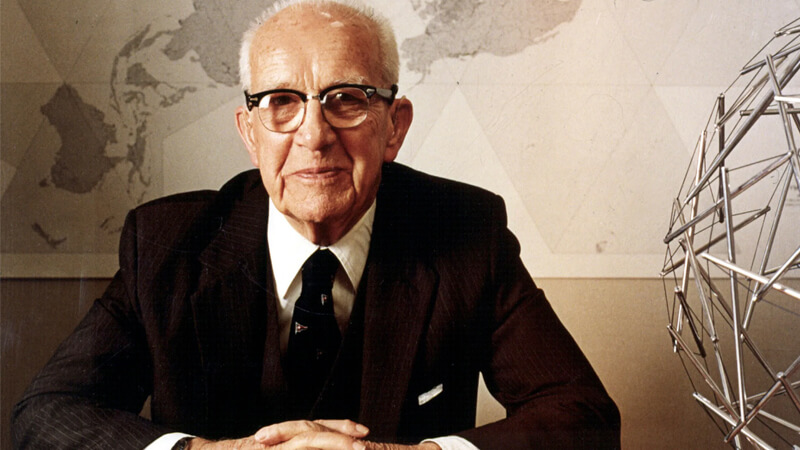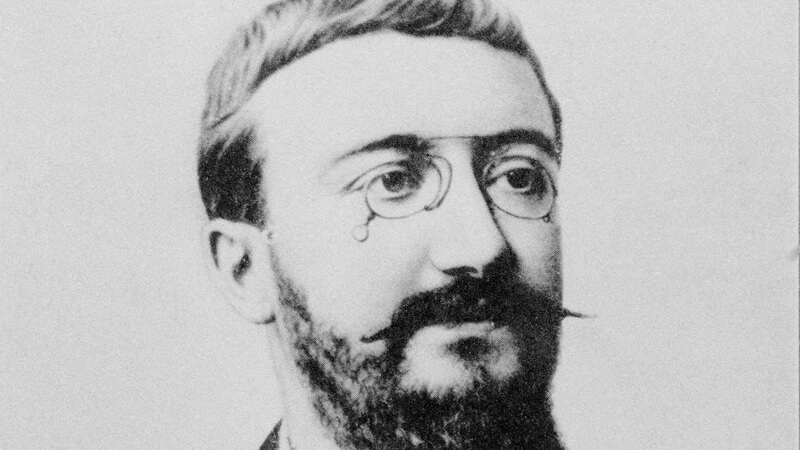Biography of Richard Buckminster Fuller: – American architect who became world famous for his invention of the so-called geodesic dome, of which there are more than a hundred thousand worldwide.
His limited professional training, limited essentially to studies at Harvard University between 1913 and 1915, and did not allow him to define himself as an architect in the strict sense of the word.
However, his work is linked in a particularly influential way to the artistic trends of the twentieth century, with a marked mechanistic aesthetic.
See Also: Biography of Mario de Andrade
Biography of Richard Buckminster Fuller
- Born:- 12 July 1895, Milton, Massachusetts, United States
- Died:- 1 July 1983, Los Angeles, California, United States
- Spouse:- Anne Fuller (m. 1917–1983)
- Education:- Milton Academy, Harvard University, Bates College
- Awards:- Royal Gold Medal, AIA Gold Medal, Presidential Medal of Freedom, St. Louis Literary Award
During his stay as a soldier in the US Navy, he was decorated for the invention of a post with an appendix for the rescue of seaplanes and, after World War I, worked in various industrial firms. In 1922 he founded with his father-in-law, JM Hewlet, the construction company Stockade Building System, which unfortunately had a reduced existence.
Its first great project, realized in 1927, consisted of a single-family house, of hexagonal plant and triangular rooms that hung of a central pole by which all the conductions arrived.
This machine to live, influenced by Le Corbusier but in a totally new way, was completely transportable and detachable, with a minimum weight and size. Known later as 4-D House or Dimaxion House, he hinted at the purposes of Fuller’s architecture: maximum functionality with minimal energy and material expenditure; an architecture always subordinated to the latest technical and scientific developments.
These purposes, present during the course of his entire career, led him to found the Dimaxion Corporation in Bridgeport, Connecticut, in 1932. He was the director and chief engineer until 1935.
During this period, he patented the Dimaxion Car, a three-wheeled vehicle that turned out to be extremely unstable and unsafe.
In 1929, during the development of the war, he worked on the design of prefabricated houses, from which emerged the Dimaxion, a round dwelling with hatches and flat domed roofs.
Subsequently, Fuller was dedicated to the investigation of large bearing surfaces, as an economic solution to open large spaces.
This resulted in its geodesic domes, based on the regular multiplicity of various surfaces, a company whose improvement and refinement he dedicated the rest of his constructive career in collaboration with several groups of students.
In addition to numerous experimental projects, he highlighted his accomplishments in which some of his structures projects materialized: in 1953 he built a round fiberglass and polyester building for the Ford car house.
In 1954 he made a wooden dome covered by a transparent sheet of plastic for a restaurant in Woods Hole. In 1958 he managed to cover 117 meters with a dome made of hexagonal steel plates for the Union Tank Car Company in Baton Rouge, Louisiana, as well as a geodesic dome of his that was shown in the North American Exhibition of Moscow, in 1959.
His most famous work, the sphere of the USA pavilion at the 1967 Montreal World Expo, proved the impossibility of covering entire domed neighborhoods as Fuller claimed, as his plastic wrap burned during repairs in 1976.
His latest designs, such as the asymmetrical bearing structures (1973), only made in scale models, complemented the Tensile-Integrity Structures , patented in 1962 and which, like the rest of Fuller’s work, had a great influence on the emergence of recent high tech currents within of English architecture.




